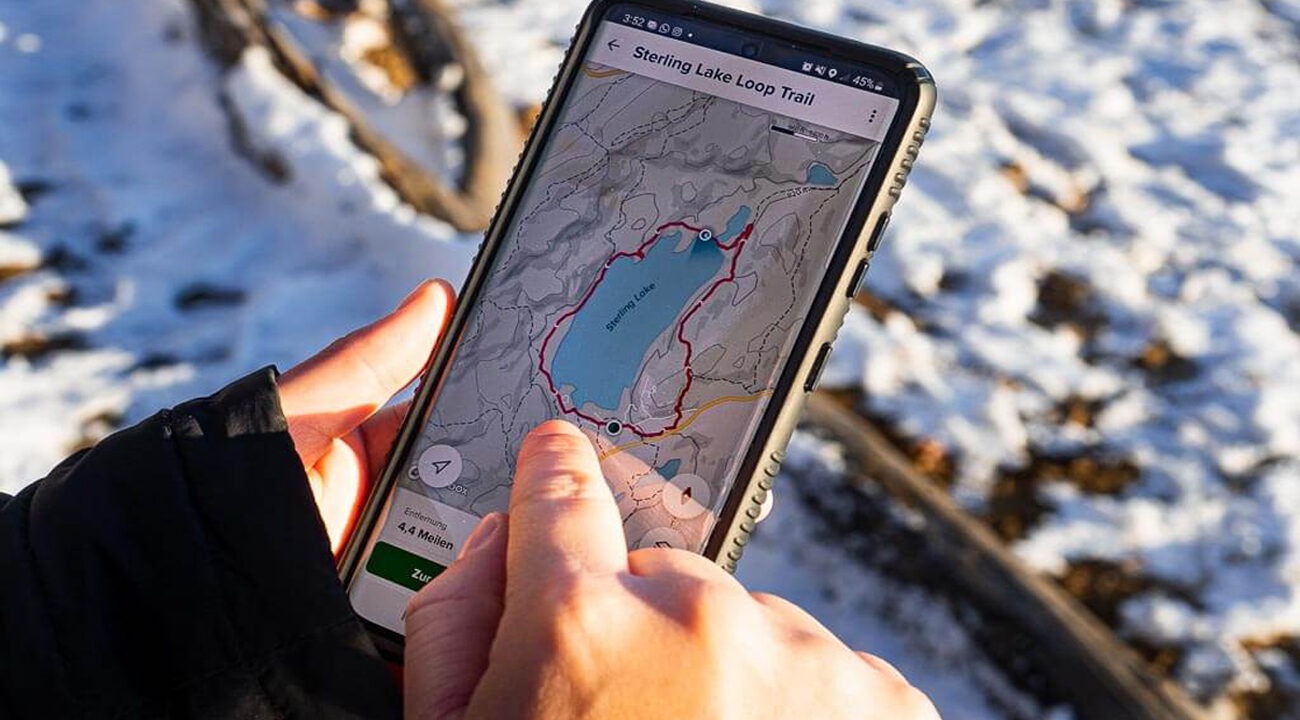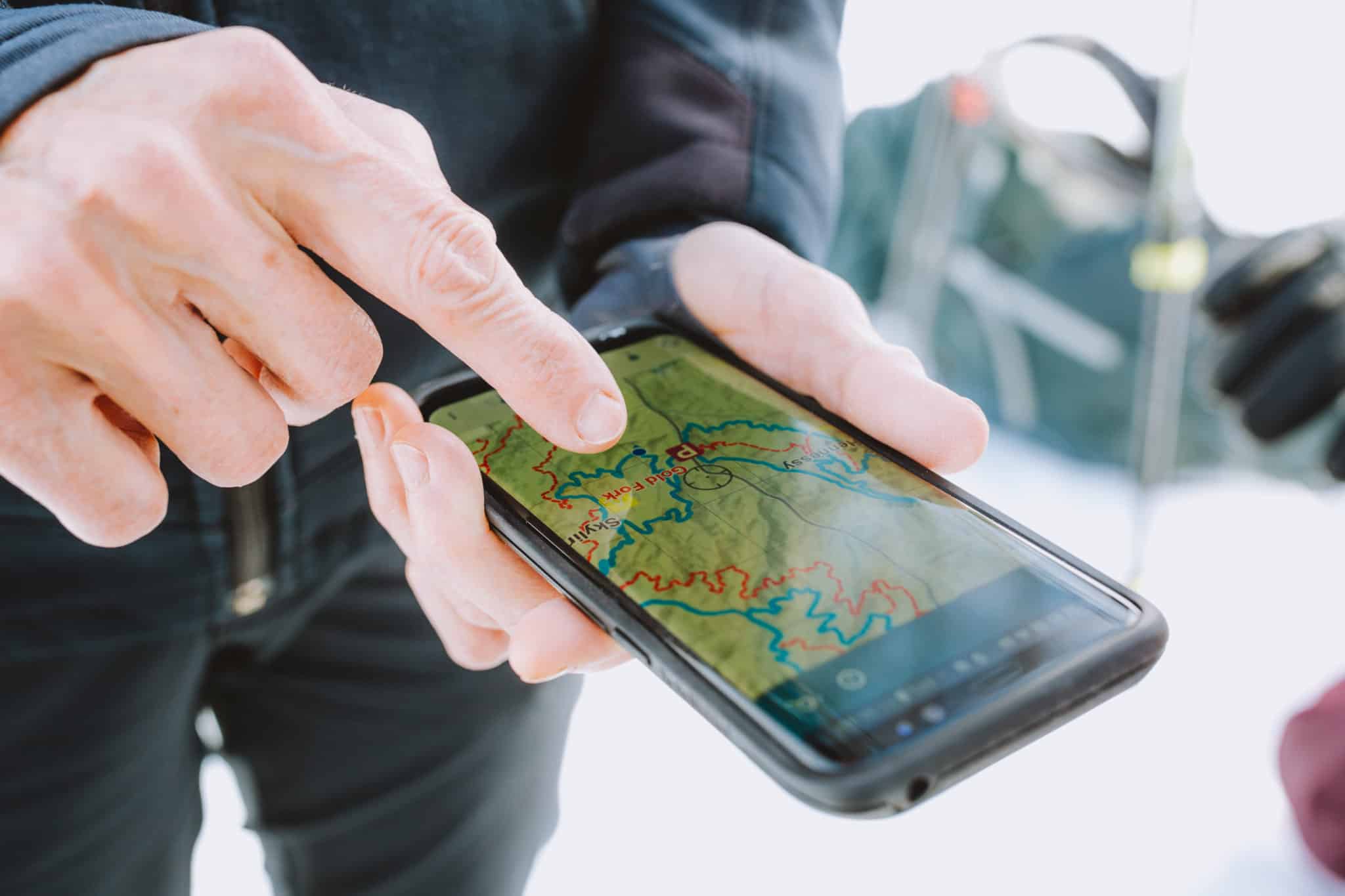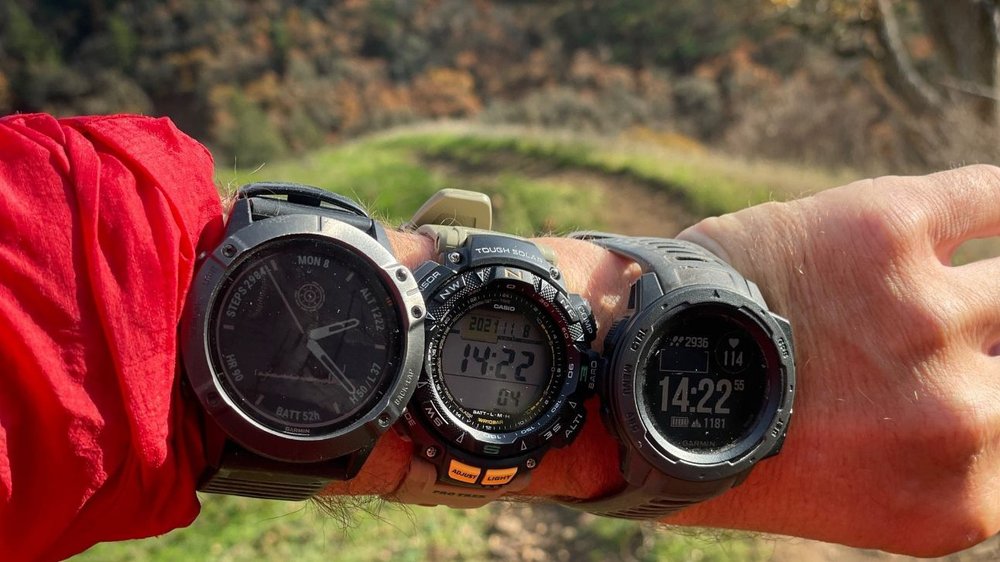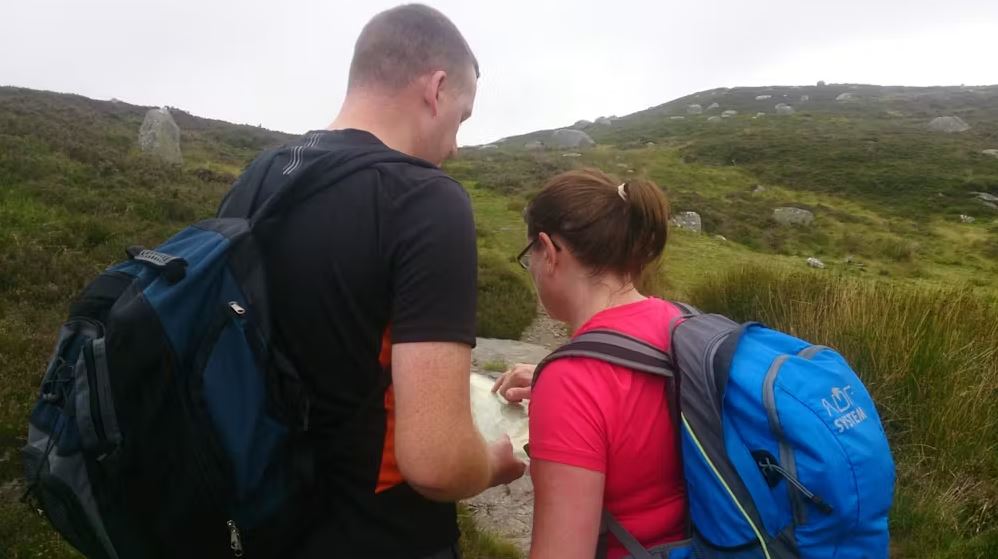
- January 15, 2025

- Home
- Hiking Tips
- Hiking Trail Navigation: A Gui ...
Hiking is a popular outdoor activity that allows individuals to immerse themselves in nature and experience breathtaking landscapes.
Whether you’re an avid hiker or a beginner looking to explore new trails, proper navigation is essential for a safe and enjoyable hiking experience.
In this article, we will delve into the world of hiking trail navigation, providing you with tips, techniques, and tools to ensure that you can confidently explore the great outdoors.

Jump to a Section
ToggleHiking Trail Navigation: A Guide to Exploring the Great Outdoors
1. Understanding Maps and Trail Markings
When venturing into the wilderness, maps and trail markings serve as your primary navigation tools.
Familiarize yourself with topographic maps, which provide detailed information about the terrain, elevation, and landmarks along the trail. Additionally, learn to interpret trail markers such as painted blazes, cairns, and signposts to stay on the right path.
2. Using a Compass for Orientation
A compass is a valuable tool for hikers, especially in areas with limited visibility or when trails are not well-marked.
By understanding the basics of compass navigation, you can determine your direction and navigate through unfamiliar territories. Remember to adjust for declination to ensure accurate readings.
3. Utilizing GPS Devices and Mobile Apps
In the digital age, GPS devices and mobile apps have revolutionized hiking trail navigation. These tools offer real-time positioning, detailed maps, and additional features like tracking distance and elevation.

Choose a reliable GPS device or install hiking apps on your smartphone to enhance your navigation capabilities.
4. Preparing for Your Hike: Research and Planning
Before embarking on any hike, thorough research and planning are crucial. Study the trail description, difficulty level, and estimated duration.
Take note of any potential hazards or seasonal challenges. Familiarize yourself with the weather conditions and ensure you have the necessary permits or permissions.
5. Choosing the Right Gear for Navigation
Investing in the right gear can significantly improve your hiking trail navigation experience. Carry a sturdy backpack, appropriate clothing, and footwear.

Bring a headlamp or flashlight for nighttime navigation. Consider acquiring a handheld GPS device or a reliable compass to complement your map-reading skills.
6. Following Trail Signs and Blazes
Trail signs and blazes are essential markers placed along the trail to guide hikers in the right direction. Pay close attention to these markers, which may include arrows, symbols, or colored blazes on trees or rocks.
Remember that different trail systems may use varying markers, so familiarize yourself with the specific markings before your hike.
7. Navigating Challenging Terrains
Some hiking trails feature challenging terrains, such as steep inclines, rocky surfaces, or dense vegetation. When navigating through these obstacles, take your time and proceed with caution.
Use your navigational tools to assess the best route and consider any alternative paths that may be safer or more suitable for your skill level.
8. Safety Measures and Emergency Preparedness
Safety should always be a top priority when hiking. Inform someone about your hiking plans, including the trail you’ll be following and your expected return time.
Pack essential items like a first aid kit, extra food and water, emergency shelter, and a whistle. Familiarize yourself with basic wilderness survival techniques and know how to signal for help if needed.
9. Enhancing Your Navigation Skills
Hiking trail navigation is a skill that can be continuously improved. Practice orienteering exercises in familiar areas or participate in navigation workshops to refine your abilities.
Learn to read and interpret contour lines on maps, estimate distances, and navigate without relying solely on electronic devices.
10. Exploring Hiking Trail Navigation Courses
For those seeking to take their navigation skills to the next level, consider enrolling in hiking trail navigation courses.
These courses provide comprehensive training on using maps, compasses, and GPS devices effectively. They also offer practical field exercises to apply your knowledge in real-life scenarios.
11. Taking Advantage of Local Resources
Local hiking clubs, outdoor stores, and national parks are excellent resources for hikers.
Joining a hiking club can connect you with experienced hikers who can share their knowledge and offer guidance on specific trails.
Outdoor stores often host workshops and provide equipment recommendations. National parks offer visitor centers where you can obtain up-to-date trail information and maps.
12. Sustainable Hiking Practices
As responsible hikers, it’s crucial to practice sustainable hiking to preserve the natural beauty of our trails. Stay on designated paths to avoid damaging fragile ecosystems.
Carry out any trash and leave no trace of your presence. Respect wildlife by observing from a safe distance and adhering to any regulations regarding food storage.
13. Hiking Trail Navigation for Beginners
If you’re new to hiking, it’s essential to start with beginner-friendly trails and gradually increase the difficulty level as your skills improve.
Focus on mastering basic natural navigation techniques, such as reading maps, following trail markers, and using a compass. Joining guided hikes or hiking with more experienced friends can provide valuable guidance and support.
14. Trail Etiquette: Respecting Nature and Fellow Hikers
Maintaining trail etiquette ensures an enjoyable experience for all hikers.
Yield to uphill hikers, give way to faster-moving hikers or trail runners, and be mindful of your impact on the environment.
Keep noise levels to a minimum, avoid littering, and be respectful of other hikers’ space and privacy.

Conclusion
Hiking trail navigation is a fundamental skill that empowers hikers to explore the natural wonders of our world. By understanding maps, utilizing compasses and GPS devices, and practicing proper planning and safety measures, you can confidently embark on memorable hiking adventures. Remember to respect nature, practice sustainable hiking, and share your newfound knowledge with fellow outdoor enthusiasts.
FAQs (Frequently Asked Questions)
- Do I need to have advanced navigation skills to go hiking?
No, you can start with basic navigation skills and gradually improve as you gain more experience.
- Can I rely solely on GPS devices and mobile apps for hiking trail navigation?
While GPS devices and mobile apps are valuable tools, it’s essential to have backup navigation methods, such as maps and compasses, in case of technical failures or signal loss.
- Are there hiking trails suitable for beginners?
Yes, many hiking trails are suitable for beginners. Look for trails with lower difficulty ratings and shorter distances to start your hiking journey.
- How do I know if a trail is safe to hike?
Research the trail beforehand and check for any recent reports of trail closures, hazardous conditions, or wildlife concerns. Additionally, always check the weather forecast before heading out.
- What should I do if I get lost on a hiking trail?
If you find yourself lost, stay calm and try to retrace your steps back to a familiar location. If that’s not possible, stay put, signal for help, and use any available resources to navigate or call for assistance.
Search
Recent Post
Mid Cut Vs Low Cut Vs High
- March 19, 2024
- 4 min read
Best Hikes Salt Lake City Utah :
- March 18, 2024
- 3 min read
How Many Hiking Trails in Breckenridge :
- March 5, 2024
- 12 min read












